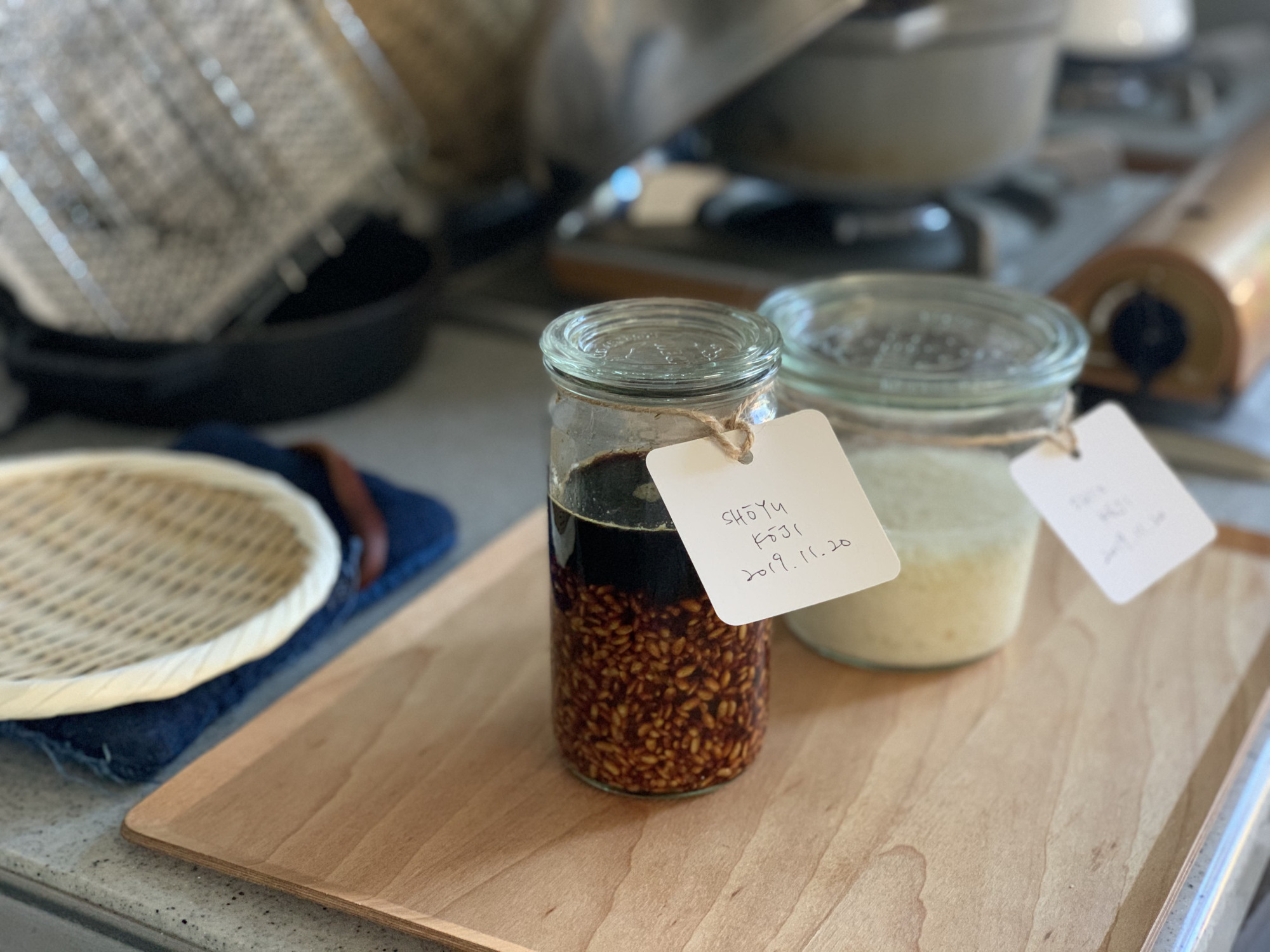If Japanese food culture were pared down to just three fundamental elements, one might argue that it would be rice, fermentation and the four seasons. The one ingredient that embodies the three is kome kōji (rice that has been inoculated with kōji, the mold Aspergillus oryzae).
Koji Tanaka — his name is a coincidence — of Tanaka Farm in the Yokogoshi area of Niigata city makes kome kōji himself using rice he grows, a labor-intensive process that takes about four days.
First, the rice is washed and soaked in water overnight, after which it's drained and steamed. The cooked rice is then laid out into shallow wooden boxes called kōji-buta to let excess moisture evaporate and cool the rice. Once the rice cools to below 40 degrees Celsius, kōji-kin (kōji spores, sometimes called kōji-tane, or kōji starter) is sprinkled on top and thoroughly incorporated into the rice.


















With your current subscription plan you can comment on stories. However, before writing your first comment, please create a display name in the Profile section of your subscriber account page.